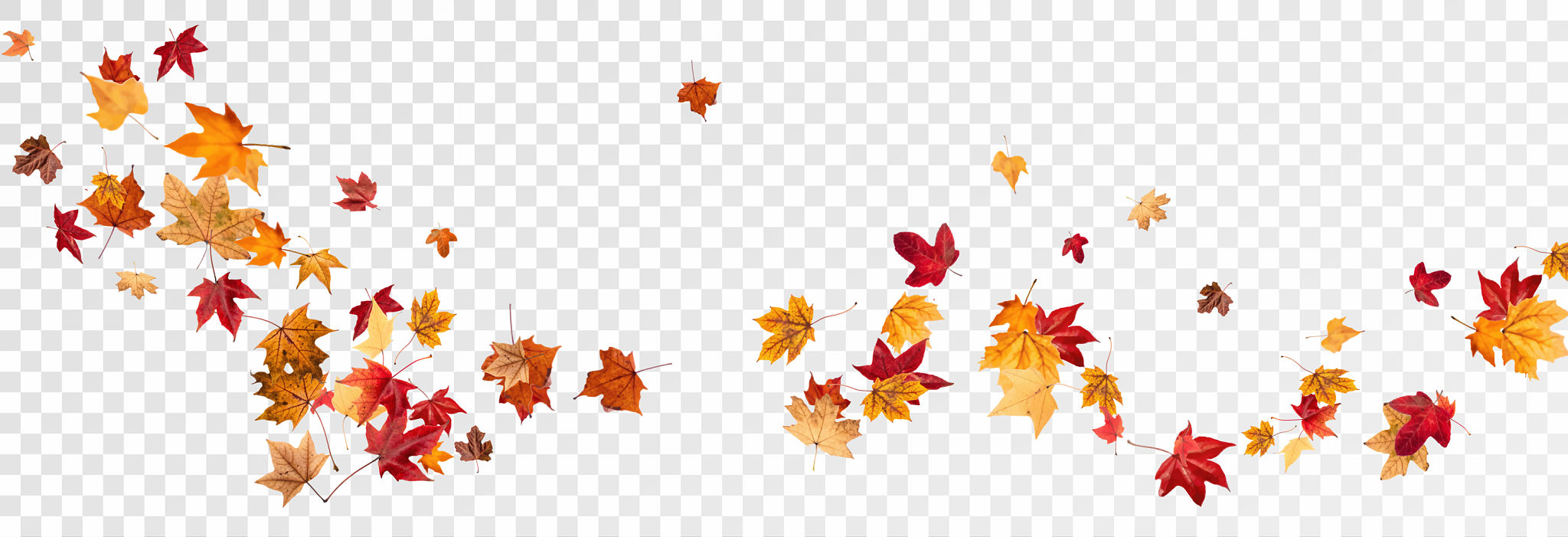Seasonal Fertilizer Application: Timing and Tips for Optimal Yield
Understanding the Importance of Seasonal Fertilizer Application
Fertilizer application is a crucial practice for ensuring the health and productivity of your crops. The timing and type of fertilizer used can significantly impact the yield and quality of the produce. By understanding the requirements of your plants during different seasons, you can maximize their growth potential and improve soil health.

Spring: Kickstarting Growth
Spring is a vital season for fertilizing as it marks the beginning of the growing cycle for many plants. During this time, plants require a boost of nutrients to support their initial growth phase. Applying a balanced fertilizer with equal parts of nitrogen, phosphorus, and potassium can help stimulate root development and leaf growth.
An effective technique is to apply fertilizer just before planting or sowing seeds. This ensures that the nutrients are readily available when the plants start absorbing water and nutrients from the soil.
Summer: Sustaining Energy
As temperatures rise, plants enter a phase of rapid growth, which demands a steady supply of nutrients. In summer, focus on providing slow-release fertilizers that offer sustained nourishment over time. These fertilizers help maintain plant vigor without causing excessive growth that can lead to weak structures.

It's also essential to monitor water levels, as summer heat can lead to increased evaporation. Adequate watering in conjunction with fertilization will ensure that plants remain hydrated and nutrient-rich.
Fall: Preparing for Dormancy
During fall, many plants begin to prepare for dormancy. This season is ideal for applying fertilizers that are higher in potassium. Potassium aids in strengthening cell walls and enhancing disease resistance, helping plants withstand harsh winter conditions.
Avoid high-nitrogen fertilizers during this time as they can encourage new growth that may not survive the winter. Instead, focus on enhancing root strength and overall plant health.

Winter: Minimal Intervention
Winter is generally a period of rest for most plants, requiring minimal fertilization. However, if you have evergreen plants or those growing in greenhouses, they may benefit from a light application of fertilizer. Use caution to avoid over-fertilizing, which can lead to nutrient runoff and soil degradation.
Tips for Optimal Fertilizer Application
- Test your soil: Before applying any fertilizer, conduct a soil test to determine nutrient deficiencies and pH levels.
- Read labels: Follow manufacturer instructions for the correct application rates and methods.
- Consider organic options: Organic fertilizers can improve soil structure and microbial activity over time.
- Use the right equipment: Ensure you have the appropriate tools for even distribution of fertilizer across your fields.
By understanding the seasonal needs of your plants and applying fertilizers thoughtfully, you can enhance crop yield and contribute to sustainable farming practices.
